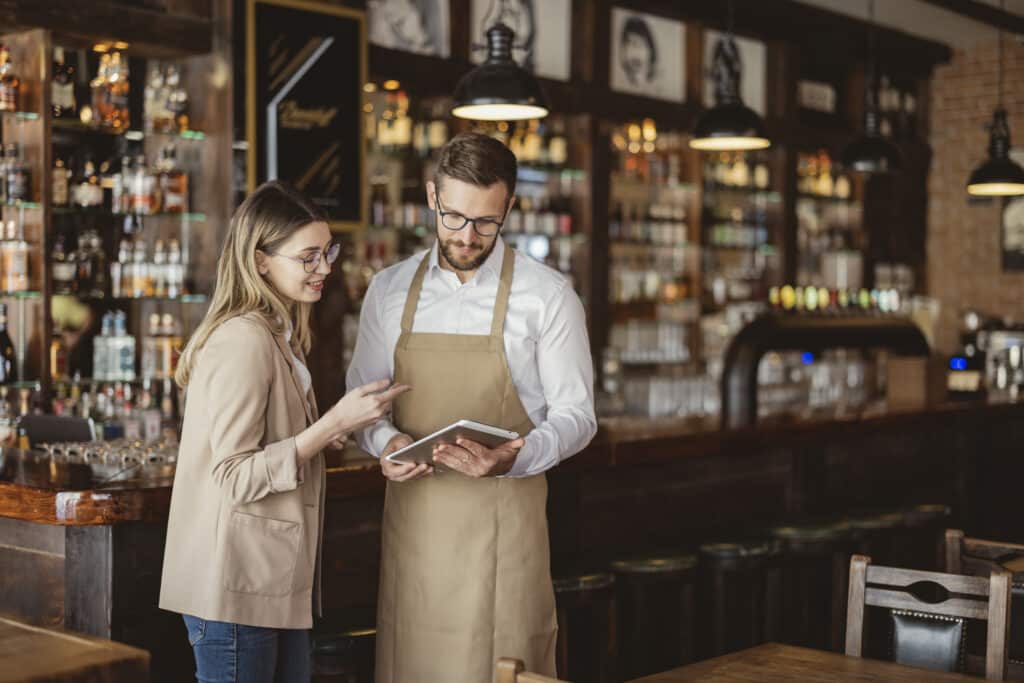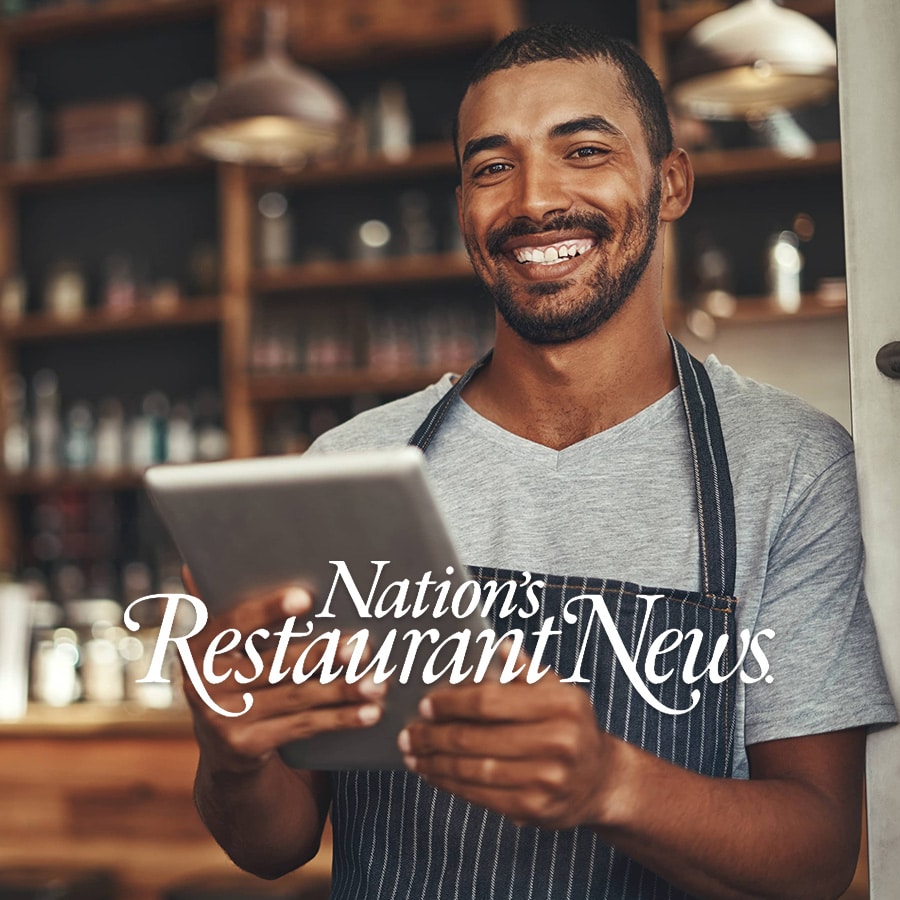Upselling goes beyond increasing the bottom line. It’s about enhancing the overall dining experience. When guests feel valued, they’re more likely to return and recommend your restaurant to others.
By investing in staff training, refining the menu, and implementing technology, operators will be on their way to creating a more profitable restaurant.


